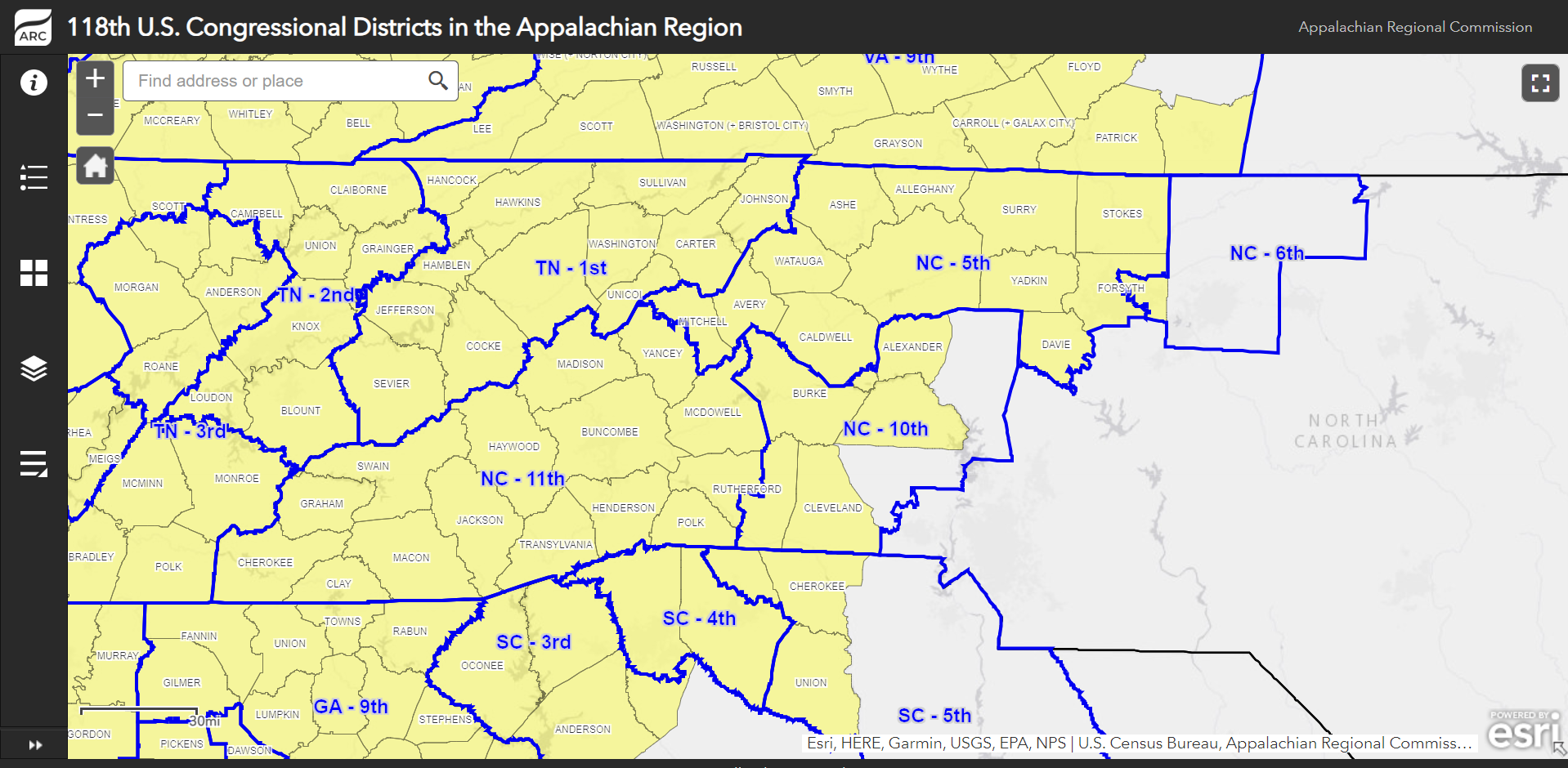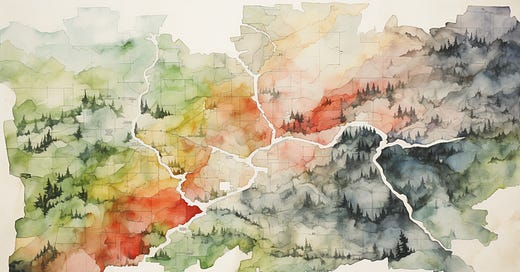What Is Your Congressional District in Appalachia?
The Appalachian Regional Commission (ARC) has created a new interactive map to make it easier for Appalachians to identify their congressional district—central to garnering funding for local projects.

APPALACHIA—If you’re wondering who your congressional representative is, look no further.
The Appalachian Regional Commission (ARC) has created a new interactive map to make it easier for Appalachians to identify their congressional district.
Spanning 57 congressional districts, Appalachia’s more than 26.3 million people (living in 423 mostly economically distressed counties) are represented in the U.S. Legislature by 57 Representatives and 26 Senators.
Knowing your congressional district is important because federally appropriated funds for investing in Appalachia are granted according to them, the core political mechanism through which Congress invests in economic and community development in the mountainous region.
Although Appalachia is a distinct cultural area and bioregion, its most formal boundaries are based on the counties within ARC’s purview. But the lines for congressional districts don’t exactly overlap with these counties. A congressional district may represent multiple Appalachian counties or only part of one.
In other words, the same county can be represented by two different members of the U.S. Congress. And while a portion of a Senator’s or Representative’s district might fall within Appalachia, other parts may not.
A quick way to determine who in the Beltway is supposed to represent the interests of your Appalachian county, this map should make it less burdensome to hold elected officials accountable.
(View the full interactive map.)

Get ARC Funding for a Project in Your Local Community
But you don’t necessarily have to wait for action from your congressional representative to take advantage of ARC funding. In fact, ARC awards grants to nonprofit organizations, local governing boards, Native tribes, higher education institutions, and state, local, and other governmental agencies.
Basically, all but private individuals and for-profit entities are eligible for ARC grants.
For instance, The Industrial Commons (TIC), just received a $10 million grant through the ARC’s ARISE program, much of which will help support the construction of the first building at their new Innovation Campus in Morganton.
Importantly, these grants must align with ARC’s investment priorities, and usually fit into one of the following programs:
Appalachian Regional Initiative for Strong Economies - drives large-scale economic transformation in Appalachia through multi-state collaborative projects.
aims to drive large-scale, regional economic transformation through multi-state collaborative projects across Appalachia
Local Access Road Program - funds regional transportation networks.
Access to Capital Program - aids local organizations designed to help small businesses and entrepreneurs.
POWER Initiative - provides funding to coal-impacted communities recovering from challenges related to economic transition.
INSPIRE Initiative - supports communities affected by the substance abuse epidemic.
You can also garner funding for non-traditional grant programs, such as READY Appalachia, which offers flexible funding to organizations across four economic development pillars.
Appalachians are encouraged to contact their ARC state program manager before applying for any of these grants. And, in truth, you’ll be more successful if you do.



